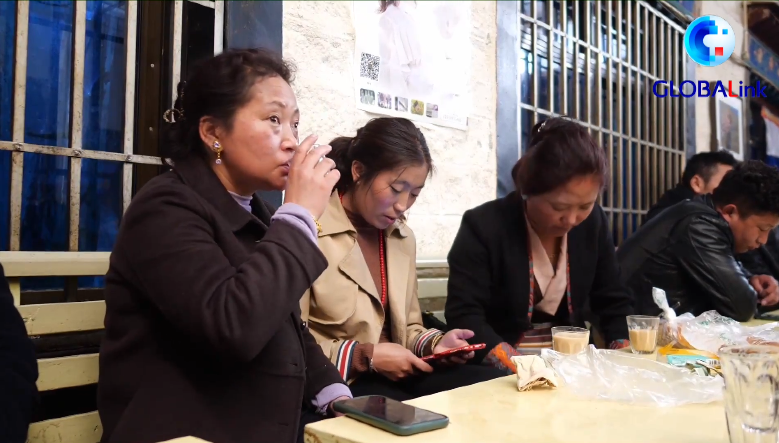| Nov.8,2017--Since an orange alert for air pollution took effect on Saturday, Beijing has adopted a raft of emergency measures to meet the smog challenge head-on.
On Saturday and Sunday, the city's housing and urban-rural development authorities investigated more than 2,000 construction sites, finding that 62 of the sites did not sufficiently improve pollution controls. Those sites were ordered to make corrections.
Also over the weekend, the city's transport authorities handed down punishments in 3,078 cases involving the illegal operation of trucks carrying construction materials. More than 1,500 high-emitting vehicles that were planning to enter Beijing were turned back.
The Beijing Municipal Environmental Monitoring Center said the capital will see pollution peak on Monday, and air quality is expected to improve starting on Tuesday night under the influence of a cold front.
Last week, the Ministry of Environmental Protection forecast that Beijing, Tianjin, Hebei province and neighboring regions would see slight to severe air pollution from Nov.4 to 8.
The orange alert that took effect on Saturday covered Beijing, Tianjin and some cities in Hebei, Shanxi, Shandong and Henan provinces. Orange is the second-highest level in the alert system.
Air quality usually worsens in late autumn and winter in northern China due in part to less wind and increased emissions from heating sources.
Despite the orange alert, air pollution in most parts of the Beijing-Tianjin-Hebei region proved less severe than expected, according to the ministry.
Wang Zifa, a researcher at the Chinese Academy of Sciences' Institute of Atmospheric Physics, said a major reason the pollution turned out less severe than predicted was that authorities across the region issued warnings and took emergency actions to reduce emissions in advance.
"Research has shown that adopting emission-control measures one or two days before air quality starts to worsen can delay pollution peaks and reduce the density of PM2.5 levels at the peak," he said.
Chai Fahe, chief scientist specializing in atmospheric environment at the Chinese Research Academy of Environmental Sciences, said authorities in Beijing, Tianjin, Hebei province and neighboring areas took emergency actions in response to the warning, thereby effectively checking soaring PM2.5 levels across the whole region over the past several days.
"The fact that air quality is better than expected suggests that ongoing emission control measures have produced results," he said. "However, such emergency controls can only lessen the impact of severe pollution to a certain degree."
In August, China published an action plan to deal with air pollution governance in the region during autumn and winter through 2018.
Under the plan, from October this year until March, the average PM2.5 density in the region is expected to drop by more than 15 percent year-on-year.
|
- Home
- News Tibet |Exclusive |China |World |Related News |Latest
- Documents White Papers |Others
- Photo Politics |Economy & Society |Culture & Religion |Human & Nature |Beautiful Tibet |Other Tibetan-Inhabited Area |Exchanges |Related
- Video News |Documentary |Micro-Video |Entertainment
- Art
- Tourism
- In Focus
- About Tibet






